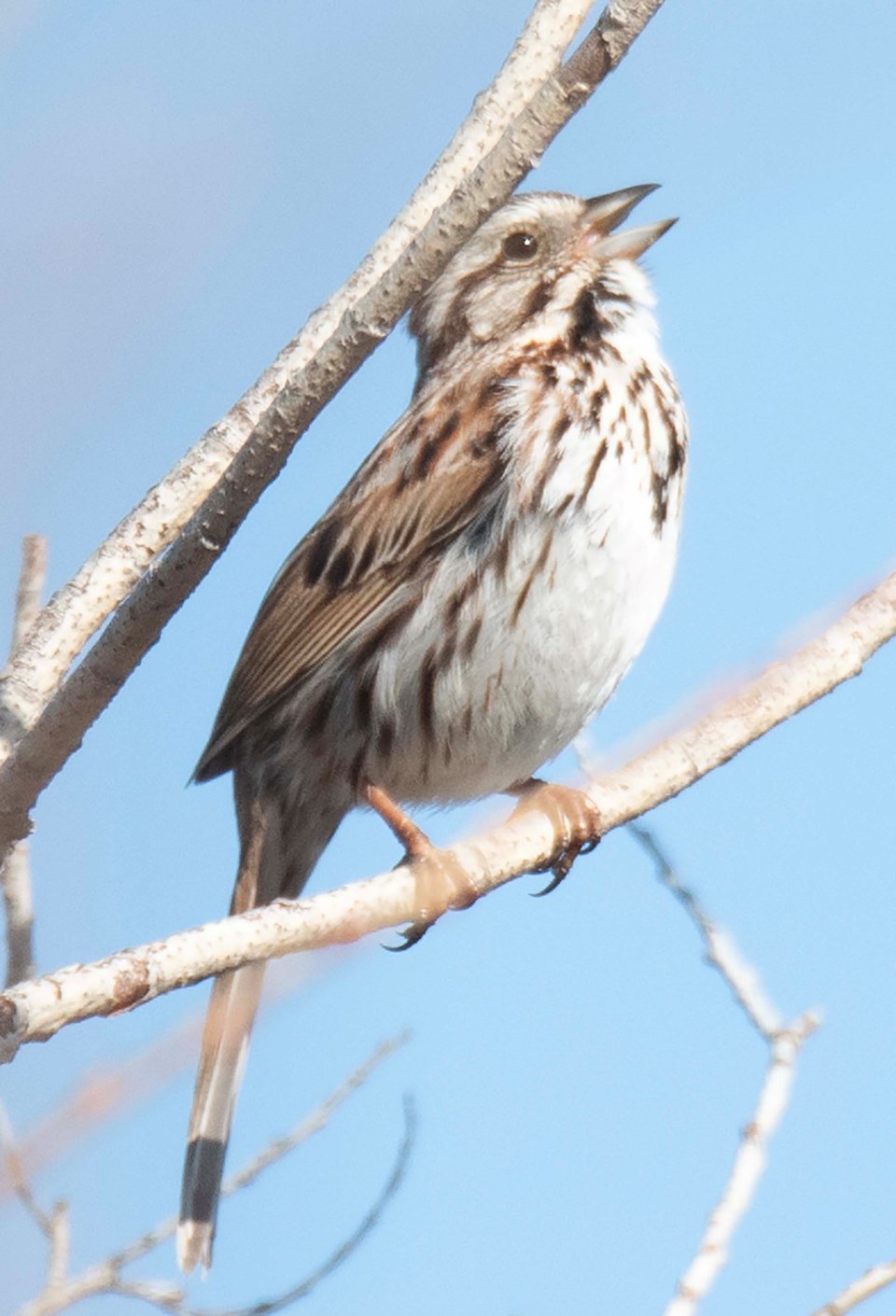Migratory birds are back in St. Albert, and they’ve brought a brand-new Big Lake bird book with them.
About 300 bird fans will be at Lois Hole Centennial Provincial Park this Saturday May 10 to celebrate World Migratory Bird Day — a global celebration of the return of birds from their wintering grounds.
Nature Kids, the Big Lake Environment Support Society (BLESS), and about a dozen other groups will host free activities at the park from 10 a.m. to 3 p.m. to mark the celebration, said BLESS vice-president Kevin Aschim. Guests will get to go on a guided photo walk with the St. Albert Photography Club, study water bugs with the City of Edmonton, and learn about the history of Big Lake with the Musée Héritage Museum.
The theme of this year’s Migratory Bird Day is creating bird-friendly communities, Aschim said — important, given the steep declines in many migratory bird species in the last 50 years. The City of St. Albert has made strides in bird-friendliness by creating lots of parks and leaving dead trees in place (as they provide habitat for many birds). Residents can make their yards bird-friendly by putting anti-collision decals on windows and planting native species to support pollinators.
New bird book
BLESS will also launch the third edition of its Big Lake bird guide at this Saturday’s event.
BLESS first published the Bird Guide to Lois Hole Centennial Provincial Park in 2016 and later reprinted it. When the group recently prepared for a third printing, BLESS members Dan Stoker and Miles Constable stepped up to write a revised edition of it.
Stoker said the new Bird Guide to Big Lake and Area profiles 110 bird species commonly found around Lois Hole Park based on information from eBird and local naturalists such as himself. The guide drops ultra-rare species featured in previous editions such as the grey/Canada jay and adds overlooked ones such as the lesser scaup. Each bird has a one-to-five-star rating based on rarity (one being common, five being rare) and a description of their appearance, notable behaviours, and where (and when) they can be most likely found in the park. The book also has bird-watching tips and a species checklist.
Unlike most bird guides, Stoker said this one was specifically written for the Big Lake region. He recommended it for any beginning birder.
Stoker said BLESS has yet to settle on a price for the book, but he hoped it would retail for about $10. Copies will be available at this weekend’s event and at the Musée Héritage Museum.
Stoker said guests at this weekend’s event were almost certain to spot mallards, red-winged blackbirds, and American coots, and might espy an osprey. As always, it’s anyone’s guess as to what might turn up at Big Lake on any given day.
“Unfortunately, with birding, you take what you can get.”
QR code talk
BLESS will head online days after Migratory Bird Day to tell Albertans how they can use QR codes to protect natural areas.
The Stewards of Alberta’s Protected Areas Association (SAPAA) will host a free online talk May 13 where Constable will talk about the group’s use of QR codes in Lois Hole Park.
The talk is part of a new series that aims to share best practices with Alberta stewardship groups, said SAPAA president Frank Potter. Future talks could cover topics such as citizen science and volunteer safety.
BLESS started using QR codes in early 2024 to get people more involved in protecting the Lois Hole Park, Constable said. The codes linked to an online form visitors could use to report dumping, damages, and other issues in the park. BLESS initially distributed the codes on business cards, but few people used them (they got six reports last year). The group put up signs with the codes in the park last January. Those have proven more popular, with about 20 reports filed through the QR codes so far this year.
Constable said QR codes could be a cheap and easy way for stewardship groups track changes to natural areas. BLESS hoped to eventually use its codes to track sightings of rare animals.
The talk runs from 7 to 8 p.m. Visit sapaastewards.com/2025/03/18/org-steward-may-6-2025 to register.




